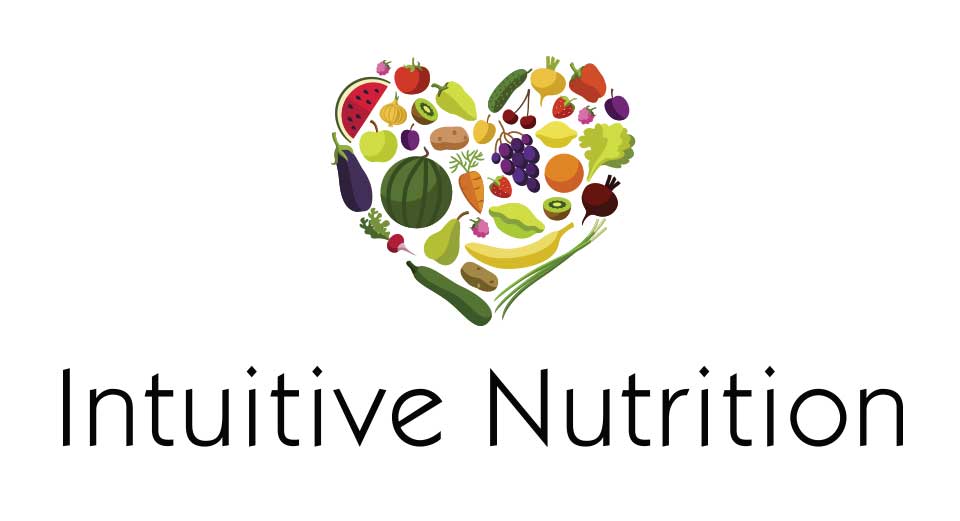
What Is Pre-diabetes?
Pre-diabetes refers to when a person’s blood glucose level is higher than normal because their body doesn’t properly process glucose (sugar). Specifically, instead of entering your cells to fuel your body, sugar remains unused in your bloodstream and starts to build up. This happens for one of two reasons: (1) your pancreas isn’t producing enough insulin; or (2) your cells have become resistant to insulin and don’t allow enough sugar in.
What are “normal” blood sugar levels? There are different ways to test for diabetes and pre-diabetes. Your doctor will help interpret your results. Here are some figures for fasting blood sugar levels:
– less than 100 mg/dL is normal;
– 100 to 125 mg/dL is an indication of pre-diabetes;
– 126 mg/dL or higher on two separate tests indicates diabetes.
How Common Is Pre-diabetes?
The American Diabetes Association estimates that 30% of the U.S. population has pre-diabetes. Here’s the kicker: around 85% of those people don’t know they have it! This is because pre-diabetes doesn’t typically have symptoms.
Am I At Risk For Pre-diabetes?
You’re more likely to develop pre-diabetes if you meet any of the following criteria:
- You are overweight;
- You’re over the age of 45;
- You have a parent or sibling with type 2 diabetes;
- You’re physically active fewer than three times a week;
- You’ve had gestational diabetes (diabetes during pregnancy);
- You’ve given birth to a baby who weighed more than 9 pounds; or
- You’re African American, Hispanic/Latino, American Indian, or Alaska Native (some Pacific Islanders and Asian Americans are also at higher risk).
Be Proactive: Pre-diabetes prevention starts by taking ownership of your own health. If you have one or more of the risk factors mentioned here and aren’t sure whether to get tested, start by taking this free risk test provided by the American Diabetes Association.
What Are My Testing Options?
The first step in pre-diabetes prevention is doing a simple blood test. There are several options for testing. None of them is complicated, but which one you do has different implications.
Hemoglobin A1C Test
The hemoglobin A1C test (also known as HbA1c) is a three-month weighted average of your blood sugar levels.
- Pro: Unlike a fasting test, which only tells you about your resting blood sugar levels, the HbA1c tends to be a more accurate measure of blood glucose levels since it captures a longer period of time.
- Con: Because it’s an average, the HbA1c runs the risk of hiding extreme blood sugar ranges.
If you’re over the age of 45 and have other risk factors, you should get an A1C test annually.
Fasting Blood Sugar Test
Like its name indicates, the fasting blood sugar test measures your blood sugar after a night (8 to 12 hours) of not eating.
- Pro: This test is both easy and cheap. Since most adults get their cholesterol and triglycerides tested annually (which requires fasting), it’s easy for doctors to perform a blood sugar test in the same visit.
- Con: The fasting test won’t catch elevated blood sugars after meals, a sign of impaired insulin response.
Glucose Tolerance Test
The glucose tolerance test measures your blood sugar before and after you drink a liquid that contains glucose. It’s typically the preferred method for testing for gestational diabetes (diabetes during pregnancy).
- Pro: The glucose tolerance test is an excellent way to test for pre-diabetes because the liquid mimics a meal and allows you to know exactly how much sugar you consumed.
- Con: This test takes the doctor more time and requires the patient to wait around for results.
Why Pre-diabetes Prevention Matters
Don’t let the prefix fool you: pre-diabetes can have lasting consequences. Specifically, blood sugar levels in the pre-diabetes range can cause lasting nerve damage to your extremities, resulting in numbness, tingling, burning, or other pain in the feet, toes, and hands. In 5-10% of cases, pre-diabetes can also lead to the development of type 2 diabetes.
While some pre-diabetes risks—like age and family history—are out of your control, factors like what you eat and how much you exercise play a huge role in preventing the development and/or progression of pre-diabetes. For example, studies show that weight loss of as little as 5-7% can reverse pre-diabetes. (That’s 10-15 pounds for a 200-pound person!)
Pre-diabetes Prevention: Where Do I Start?
Unlike certain health metrics like BMI (which is outdated, inaccurate, and ineffective at achieving desired health outcomes), knowing whether or not you’re in the pre-diabetic category (that is, knowing your blood sugar levels) carries significant consequences. This is because pre-diabetes is totally preventable and reversible.
So you just got a pre-diabetes diagnosis? You are not alone: one-third of American adults has pre-diabetes. This is not a place of shame; this is a moment to take action. Intuitive Nutrition is here to give you the support you need and deserve on this journey. Reach out here.
As you look at making the small lifestyle changes necessary to help prevent pre-diabetes, remember:
- Pre-diabetes prevention is NOT about fad diets, or never eating cake again, or making yourself do bootcamp-style workout videos you really hate.
- Pre-diabetes prevention IS about getting to know yourself, your likes and dislikes; for example, discovering new vegetables that you really enjoy, or learning how to cook new dishes (or learning how to cook at all!), or figuring out your favorite ways to move around, or exploring a new trail near your house.
When it comes to pre-diabetes prevention, just a few simple lifestyle changes yield exponential results.
You’re Not Alone On This Journey
Here at Intuitive Nutrition, you are more than a diagnosis. Whether you’re in the prevention stage or just got test results back from your doctor, we’re here to give you the support you need. Our coaches specialize in pre-diabetes and diabetes management, and our person-centered approach takes the shame out of health coaching. Schedule a consultation today.

Recent Comments